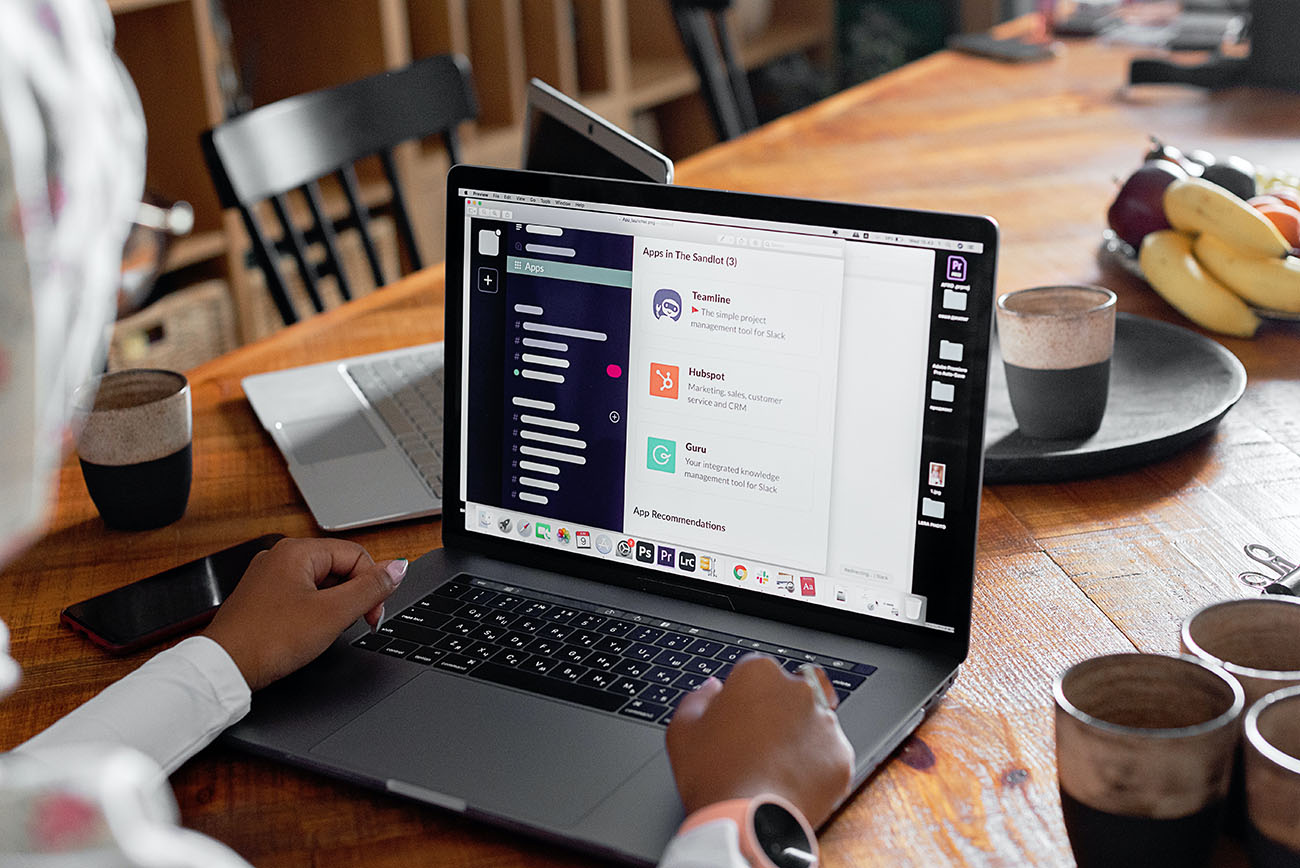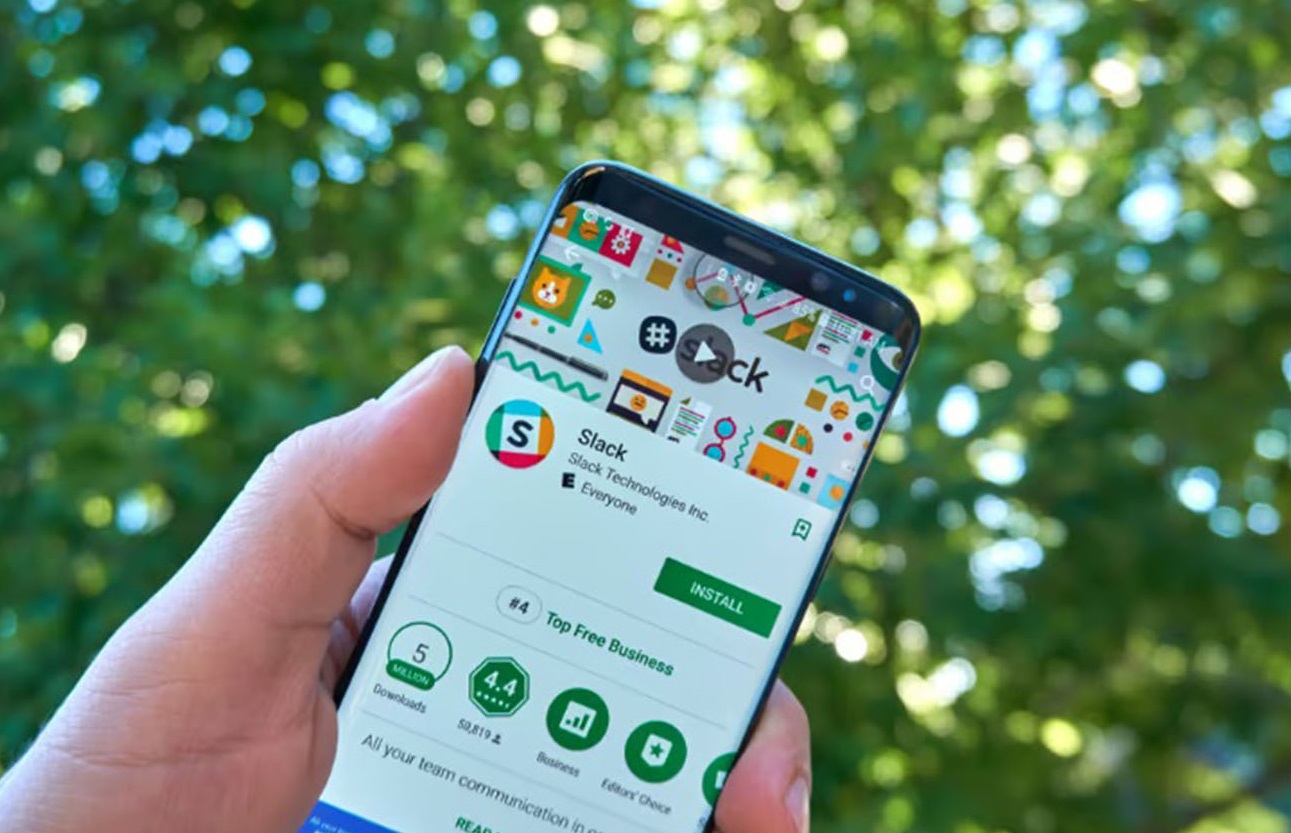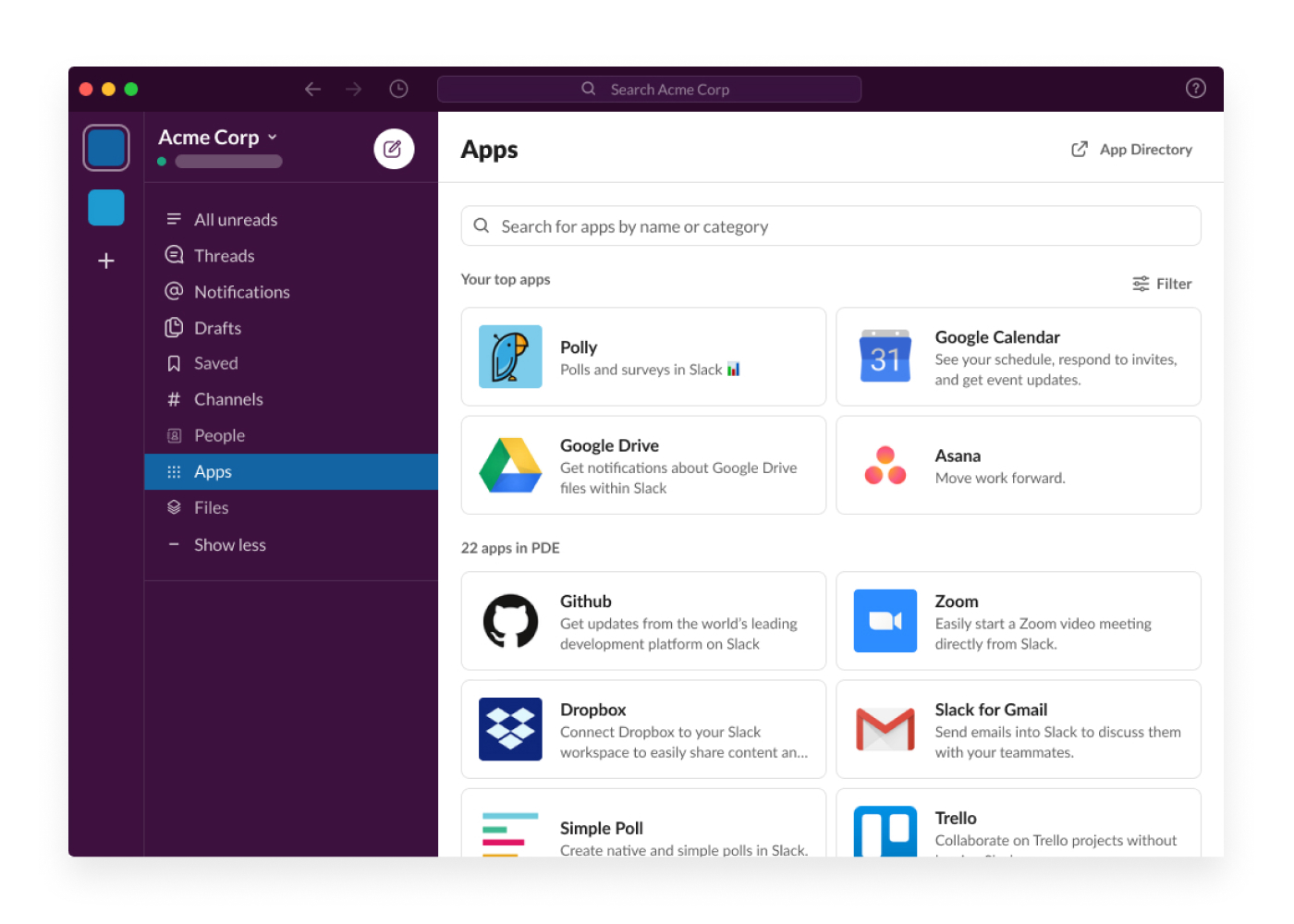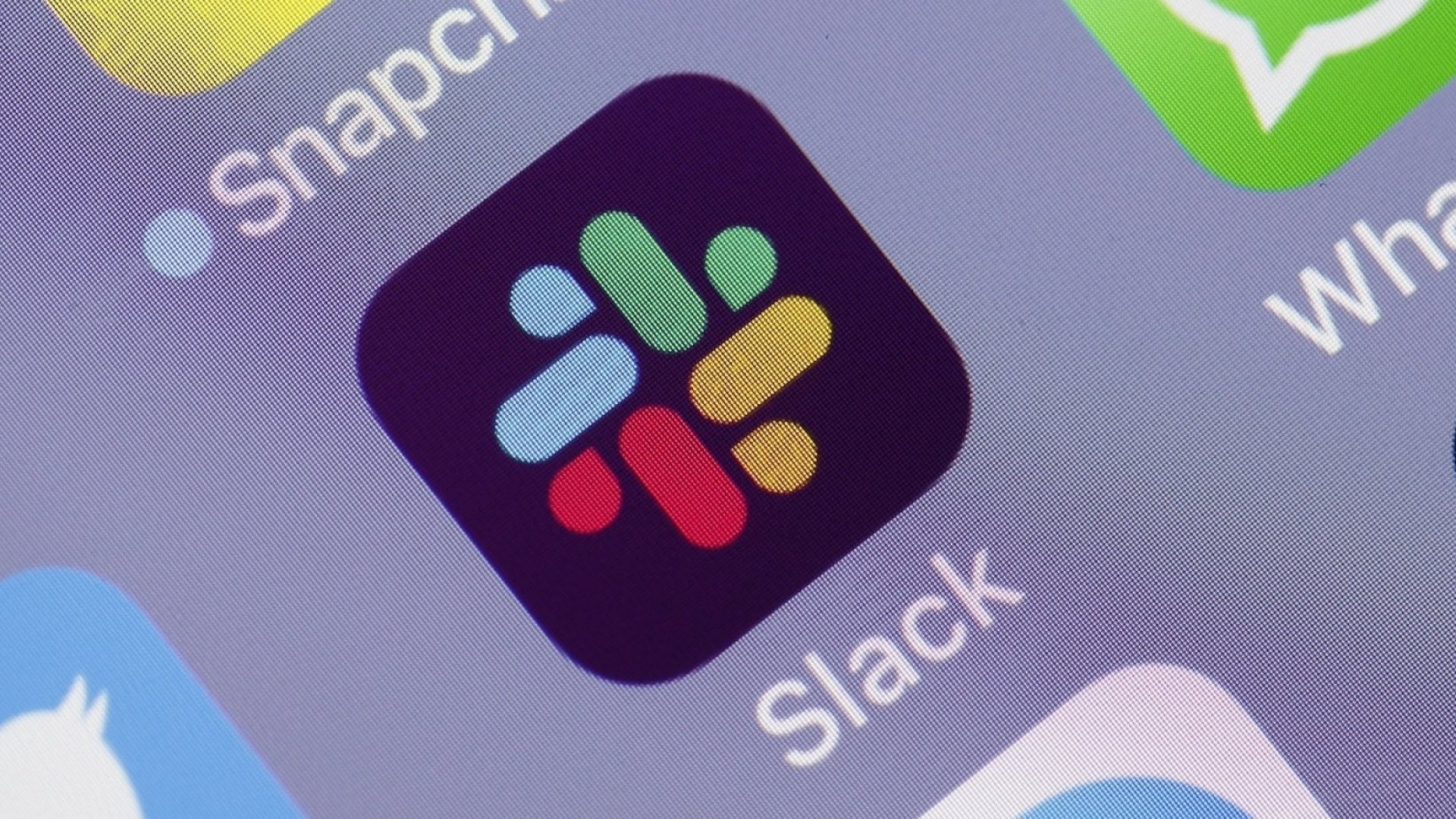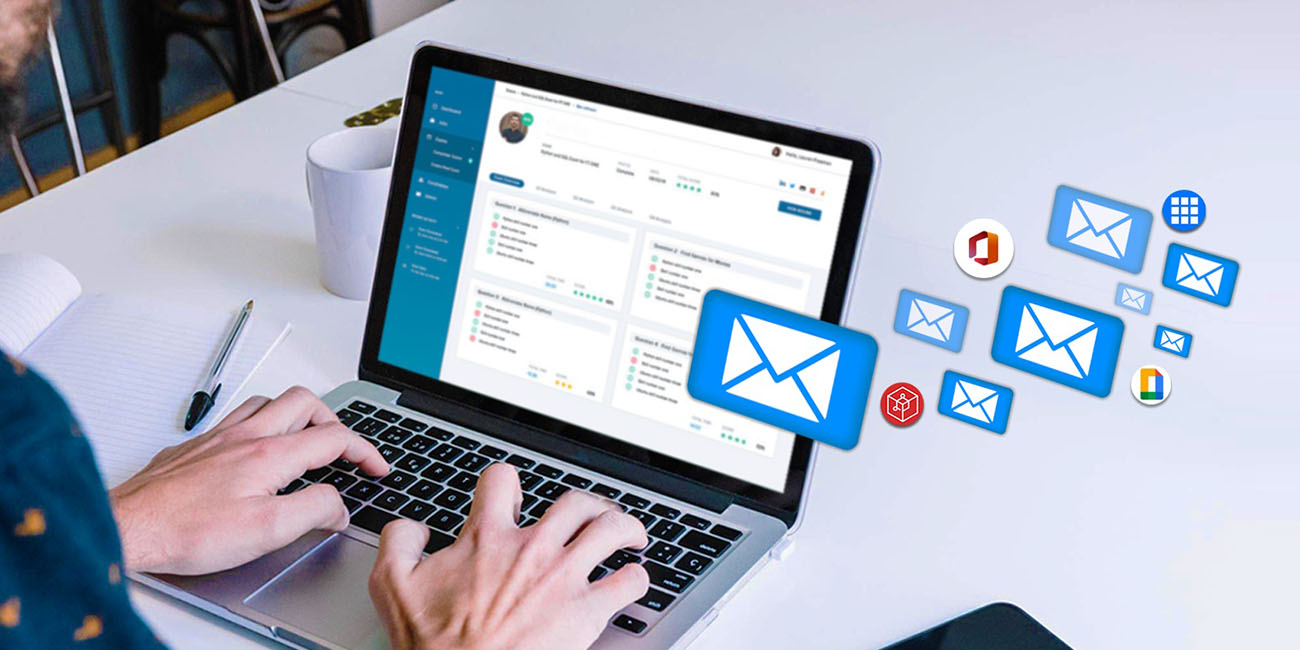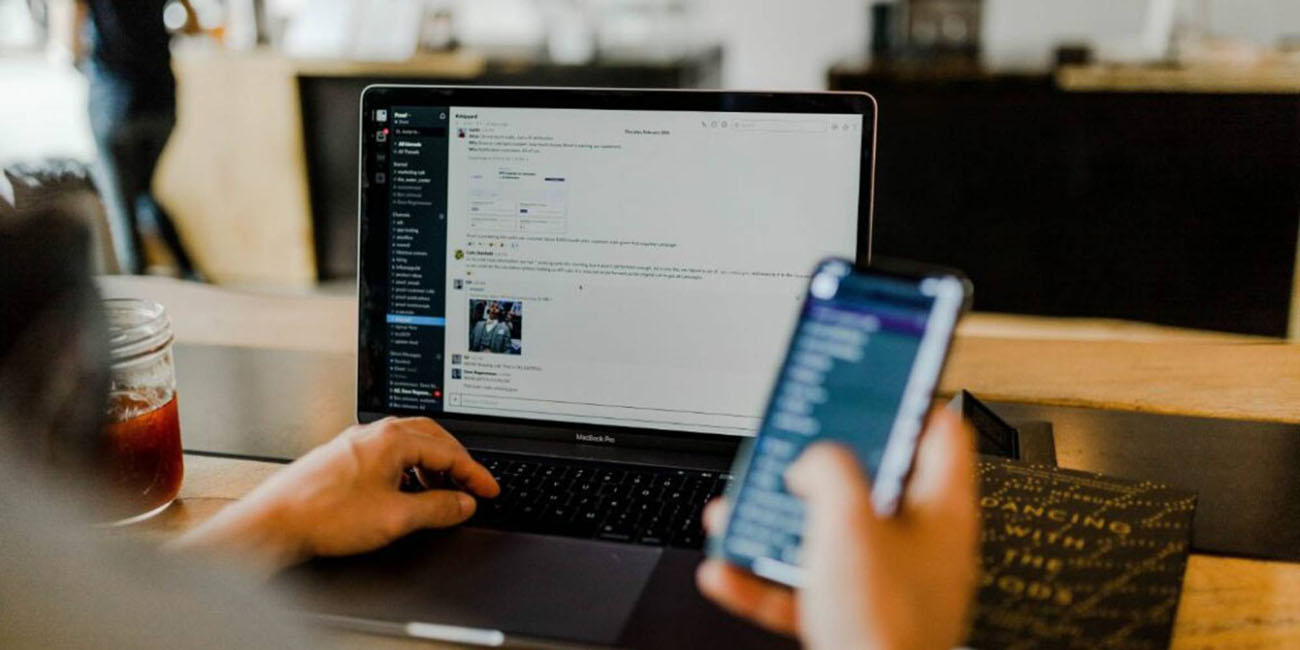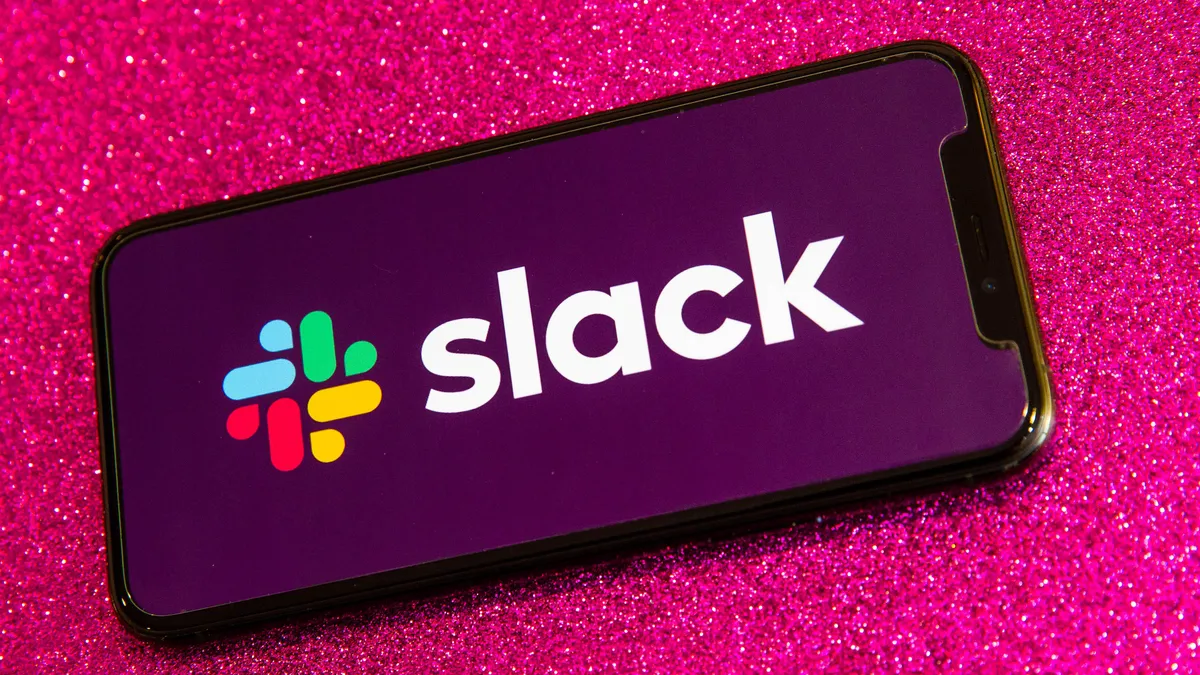Introduction
Slack has become a vital communication tool for modern workplaces, allowing teams to collaborate seamlessly and stay connected. However, with constant notifications popping up on our devices, it can be challenging to maintain focus and productivity, especially when in meetings or working on important tasks. This is where the “Pause notifications” feature in Slack proves to be invaluable.
Slack’s “Pause notifications” feature allows users to temporarily silence or pause all incoming notifications, providing the much-needed respite from constant distractions. By enabling this feature, individuals can ensure uninterrupted concentration and engagement during meetings, allowing for more fruitful discussions and improved productivity.
In this article, we will explore how to enable the “Pause notifications” feature in Slack, both manually and automatically using Slack Calendar Integration. We will also discuss the customization options available and share some best practices to make the most of this feature in your work environment.
Whether you’re a team leader looking to optimize communication during meetings or an individual striving for better focus, Slack’s “Pause notifications” feature offers a simple yet effective solution. Let’s dive in and explore how to make the most of this powerful feature.
Why Slack Pause Notifications?
Slack pause notifications serve as a valuable tool for individuals and teams to maintain focus and reduce interruptions during important tasks and meetings. Here are a few reasons why this feature is essential:
1. Improved productivity: When you are in a meeting or deeply engaged in a task, constant Slack notifications can disrupt your flow and hinder your ability to concentrate. By pausing notifications, you can eliminate distractions and stay focused on the task at hand, leading to improved productivity.
2. Enhanced meeting engagement: Meetings are an integral part of collaborative work, and active participation is crucial for effective discussions and decision-making. By pausing notifications during meetings, you can ensure that team members are fully present and engaged, fostering a more productive and interactive meeting environment.
3. Reduced multitasking: Multitasking can lead to decreased productivity and a higher likelihood of errors. Pausing Slack notifications discourages the urge to switch between tasks, allowing you to dedicate your full attention to the current activity, resulting in better quality work.
4. Increased focus on deep work: Deep work, which involves uninterrupted and concentrated focus on complex tasks, is essential for creativity, problem-solving, and innovation. By pausing notifications, you create an environment conducive to deep work, enabling you to delve deeper into challenging projects and deliver higher-quality outcomes.
5. Improved work-life balance: Constant notifications can blur the lines between work and personal life, causing unnecessary stress and burnout. By pausing notifications outside of work hours or during personal time, you can establish healthier boundaries and achieve a better work-life balance.
6. Respect for others’ time: Pausing notifications during meetings showcases respect for your colleagues’ time and promotes a culture of attentiveness and active listening. This practice encourages open and focused discussions, leading to more efficient and meaningful collaborations.
By utilizing Slack’s pause notifications feature, you can unlock these benefits and create a more conducive and productive work environment. In the following sections, we will guide you on how to enable and customize this feature to suit your specific needs. Let’s dive in!
How to Enable the “Pause Notifications” Feature
Enabling the “Pause notifications” feature in Slack is a simple process that can be done in a few easy steps. Here’s how:
1. Open Slack: Launch the Slack application on your device or access it through your web browser.
2. Click on your profile icon: Locate and click on your profile icon, usually located in the top left or right corner of the screen. This will open a dropdown menu with various options.
3. Select “Preferences”: In the dropdown menu, you will find the “Preferences” option. Click on it to access the Slack preferences menu.
4. Navigate to the “Notifications” tab: In the left sidebar of the preferences menu, you will see a list of tabs. Click on the “Notifications” tab to proceed.
5. Scroll down to the “Pause notifications” section: Once you are in the “Notifications” tab, scroll down to find the “Pause notifications” section.
6. Enable the “Pause notifications” feature: To enable the feature, toggle the switch next to “Pause notifications” to the “On” position. You can also specify the duration for which notifications should be paused.
7. Customize your preferences: Slack allows you to customize additional settings related to notifications, such as the notifications sound, message preview, and notification badge style. Feel free to explore these options and adjust them according to your preferences.
8. Save your changes: Once you have made the desired changes, click on the “Save” or “Apply” button to save your preferences and enable the “Pause notifications” feature.
Congratulations! You have successfully enabled the “Pause notifications” feature in Slack. From now on, Slack will temporarily pause all incoming notifications during the designated timespan, allowing you to focus on your work or engage in meetings without interruptions.
In the next section, we will delve into a step-by-step guide on how to manually pause notifications and how to leverage Slack Calendar Integration to automate this process. Let’s explore these options and make the most of Slack’s notification management features.
Step-by-Step Guide to Pausing Notifications Manually
Slack provides a convenient way to manually pause notifications whenever you need uninterrupted focus or during specific activities. Follow these steps to manually pause notifications:
1. Open Slack: Launch the Slack application on your device or access it through your web browser.
2. Locate the “Do Not Disturb” feature: In the top-right corner of the screen, click on the bell icon or your profile avatar to reveal a dropdown menu. From the menu, select the “Do Not Disturb” option.
3. Set the duration for “Do Not Disturb”: A dialog box will appear, allowing you to set the duration for the “Do Not Disturb” mode. You can choose from predefined options like “15 minutes,” “1 hour,” “4 hours,” or “today.” Alternatively, you can select the “Custom” option to specify a specific time range.
4. Enable “Do Not Disturb”: After selecting the desired duration, click on the “Turn on Do Not Disturb” button to activate the feature. Slack will now pause all incoming notifications for the specified period.
5. Focus on uninterrupted work: With notifications temporarily paused, you can now concentrate on important tasks without any distractions. Slack will display a status indicator to let your team members know that you are currently in “Do Not Disturb” mode.
6. Resume notifications: Once you have completed your focused work or when you’re ready to receive notifications again, you can manually turn off the “Do Not Disturb” mode by clicking on the bell icon or your profile avatar, selecting the “Do Not Disturb” option, and then choosing the “Turn off Do Not Disturb” button.
By following these simple steps, you can easily pause and resume notifications manually, allowing yourself dedicated periods of uninterrupted focus during work. However, Slack also provides an even more seamless and automated way to manage notifications during meetings using the Slack Calendar Integration. In the next section, we will explore how to leverage this integration to automate the pause and resume feature. Let’s continue to optimize our notification management practices in Slack.
Using Slack Calendar Integration to Automate Notification Pauses During Meetings
Slack offers a powerful Calendar Integration feature that allows you to seamlessly sync your calendar events with your Slack status and notification settings. By leveraging this integration, you can automate the pause and resume of notifications during your scheduled meetings. Here’s how to set it up:
1. Connect your calendar: Start by connecting your calendar to Slack. In Slack, click on your profile icon and select “Preferences” from the dropdown menu. In the left sidebar, choose “Calendar & Reminders” and click on the option to connect your calendar. Follow the prompts to integrate Slack with your preferred calendar application, such as Google Calendar, Outlook, or Apple Calendar.
2. Sync your calendar events: Once your calendar is connected, Slack will sync your calendar events and display them in the “Coming Up” section of the sidebar. You will see your upcoming meetings and events within Slack.
3. Set automated notification pauses: In the “Coming Up” section, you can customize the notification settings for each calendar event. Click on the event you want to adjust and select the “Notification settings” option. From there, you can choose to automatically pause notifications before the meeting starts and resume them when the meeting ends.
4. Specify the duration: Slack gives you the flexibility to configure the duration of the notification pause before and after each meeting. You can choose a default duration for all events or customize it for specific events. This way, notifications will automatically be paused during meeting times, ensuring uninterrupted focus.
5. Enjoy automated notification pauses: Once you have set up the notification settings for your calendar events, Slack will automatically pause your notifications when a meeting starts and resume them when the meeting ends. This seamless automation ensures that you can fully engage in your meetings without distractions.
By utilizing the Slack Calendar Integration, you can effortlessly manage your notifications during scheduled meetings. This feature eliminates the need to manually toggle the “Pause notifications” setting for each meeting, providing a hands-free and seamless experience.
In the next section, we will delve into the customization options available for Slack Pause Notifications, allowing you to tailor the feature to your specific needs. Let’s continue to optimize our Slack notification management practices for maximum productivity.
Customizing Notification Pauses to Meet Your Specific Needs
Slack’s “Pause notifications” feature provides various customization options that allow you to tailor the notification pauses to your specific preferences and work style. Here are some ways to customize your notification pauses:
1. Adjusting notification duration: Slack allows you to specify the duration for which notifications should be paused manually or during meetings. You can choose predefined options like 15 minutes, 1 hour, 4 hours, or customize the duration to suit your needs. Consider the average length of your meetings or the duration of your focused work sessions when setting the pause duration.
2. Configuring custom notification schedules: In addition to manual pauses and calendar integration, Slack enables you to create custom notification schedules. You can define specific hours, days, or periods when you prefer not to receive notifications. This feature is especially useful for setting boundaries during non-working hours or when you need uninterrupted quiet time.
3. Setting up notification exceptions: While it is essential to limit distractions, there may be urgent messages or specific channels that require immediate attention. Slack allows you to add exceptions for specific keywords, people, or channels to ensure that important messages are not missed during notification pauses. This feature ensures that critical information reaches you when necessary.
4. Utilizing “Snooze” mode: Slack’s “Snooze” mode is an extension of the “Pause notifications” feature that allows you to temporarily suspend notifications for a specific period. Unlike the regular pause, “Snooze” mode offers enhanced flexibility by allowing you to snooze notifications for a set duration without explicitly setting a specific end time.
5. Exploring app-specific notification settings: Slack integrates with a wide range of apps and services, many of which have their own notification settings. By exploring the individual notification settings within these apps, you can further customize how and when you receive notifications, ensuring a personalized and streamlined experience.
By customizing the Slack Pause Notifications feature to match your specific needs, you can achieve a balance between staying connected and maintaining focused work periods. Experiment with different settings and configurations to find the setup that works best for you and your team.
In the next section, we will share some best practices for using Slack Pause Notifications effectively, maximizing the benefits of this feature. Let’s dive into these recommendations to optimize your Slack notification management experience.
Best Practices for Using Slack Pause Notifications
While Slack’s “Pause notifications” feature can significantly enhance focus and productivity, it’s essential to establish and follow best practices to make the most of this feature. Here are some recommendations:
1. Communicate your availability: Let your team members know when you have notifications paused, especially during dedicated work periods or important meetings. Setting your Slack status to indicate that you are in a focused mode can help manage expectations and minimize interruptions.
2. Utilize channels effectively: Take advantage of Slack channels to organize conversations and information. Group discussions by project, topic, or team, enabling better visibility and reducing the need for constant notifications. This way, you can check the channels at your convenience instead of being overwhelmed by real-time notifications.
3. Use @mentions for urgent matters: Encourage team members to use @mentions when their messages require immediate attention, even during notification pauses. By employing this practice, you can ensure that critical information reaches you promptly without inundating your inbox with unnecessary notifications.
4. Periodically check message activity: While notifications may be paused, allocate specific time slots to review message activity and catch up on any conversations or updates you might have missed. This helps you stay informed while maintaining your focus during work blocks and meetings.
5. Regularly review notification settings: As your work patterns and priorities evolve, periodically review and fine-tune your notification settings. Adjust pause durations, exception rules, and notification schedules to reflect changes in your workflow, ensuring that notifications are aligned with your current needs.
6. Encourage team-wide notification etiquette: Foster a culture of respect and mindfulness among team members by setting guidelines for notification usage. Encourage individuals to be considerate and thoughtful when sending notifications, particularly during designated focus times or non-working hours.
7. Experiment and find your optimal settings: Every individual and team works differently, so it’s crucial to experiment and find the optimal settings that enhance your productivity without compromising communication. Adjust pause durations, exceptions, and other customization options until you discover the balance that works best for you and your team.
By following these best practices, you can maximize the benefits of Slack Pause Notifications and create a more productive and focused work environment for yourself and your team.
In the next section, we will address common issues that may arise with Slack Pause Notifications and provide troubleshooting tips to resolve them. Let’s explore these solutions to ensure a smooth experience with this feature.
Troubleshooting Common Issues with Slack Pause Notifications
While Slack’s Pause Notifications feature provides a convenient way to manage interruptions, you may encounter some common issues along the way. Here are a few troubleshooting tips for addressing them:
1. Notifications not pausing: If you notice that notifications are not getting paused as expected, double-check that the Pause Notifications feature is enabled in your Slack preferences. Ensure that you have set the correct duration or schedule for pausing notifications and that there are no conflicts with other notification settings.
2. Notifications not resuming: In some cases, notifications may not resume automatically after the designated pause period. Make sure that you have properly configured the end time for the notification pause. Additionally, check if there are any conflicts with other settings, such as a custom notification schedule or “Do Not Disturb” mode.
3. Excessive/irrelevant notifications: If you find yourself receiving an overwhelming number of notifications or irrelevant messages during the pause periods, consider adjusting your notification settings. Review the channels you’re a part of and their notification preferences. You can also refine the exceptions and ensure that critical messages are still reaching you.
4. Inconsistent notification pause: If the notification pause is not consistent across devices or Slack applications, make sure that you have enabled the Pause Notifications feature on each device and that they are all connected to the same Slack workspace. Sync your settings across all devices to ensure a consistent experience.
5. Conflicts with other applications: If you encounter interference or conflicts with other applications or services, such as overlapping notification schedules or incompatible settings, investigate any integrations that might be causing the issue. Adjust the notification settings within those applications or consider temporarily disabling conflicting integrations.
6. Outdated Slack version: Ensure that you have the latest version of the Slack application installed on your device. Outdated versions may have compatibility issues or lack certain features that could affect the pause notifications functionality. Update the application to ensure a smooth experience.
If you continue to experience issues with Slack Pause Notifications despite troubleshooting, consult the Slack Help Center or reach out to the Slack support team for further assistance. They can provide specific guidance or investigate any technical issues that may be interfering with the feature.
By addressing these common issues and applying the troubleshooting tips provided, you can overcome challenges and ensure that Slack Pause Notifications function seamlessly, enhancing your productivity and minimizing distractions.
In the following section, we will conclude this article by summarizing the key takeaways and the significance of using Slack Pause Notifications effectively.
Conclusion
Slack Pause Notifications is a valuable feature that empowers individuals and teams to manage interruptions, maintain focus, and improve productivity in the modern workplace. By pausing notifications during meetings, deep work sessions, or specific time periods, Slack users can create a more conducive environment for collaboration, concentration, and creative thinking.
In this article, we explored how to enable the Pause Notifications feature in Slack, both manually and by leveraging the Slack Calendar Integration. We also discussed customization options, best practices, and troubleshooting tips for using this feature effectively. By following these guidelines, Slack users can optimize their notification management experience and strike a balance between staying connected and staying productive.
Remember to communicate your availability, utilize channels effectively, and use @mentions for urgent matters. Regularly review and adjust your notification settings to align with your evolving workflow and priorities. Encourage a thoughtful notification etiquette within your team to foster a respectful work environment. By experimenting and finding your optimal settings, you can tailor the Pause Notifications feature to meet your specific needs and achieve maximum productivity.
While using Slack Pause Notifications can greatly benefit individuals and teams, it’s important to strike a balance. Being completely isolated from notifications for extended periods may not always be suitable, particularly in cases where urgent matters require immediate attention. It’s important to use the feature in a way that allows for uninterrupted focused work while still being responsive and available when needed.
In conclusion, Slack Pause Notifications provides a powerful tool to manage notifications, reduce distractions, and create a more focused work environment. By implementing the best practices outlined in this article and troubleshooting any common issues that may arise, you can make the most of this feature and enhance your productivity and collaboration within Slack. Embrace the power of pausing notifications and unlock the potential for focused and effective work.







